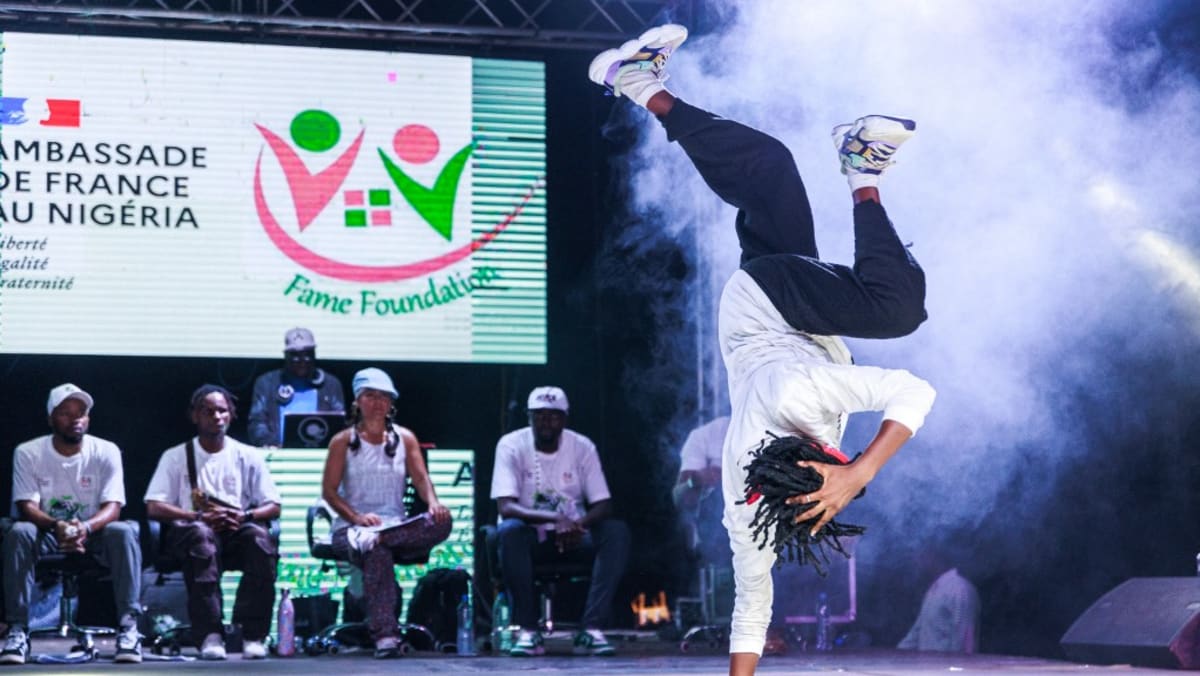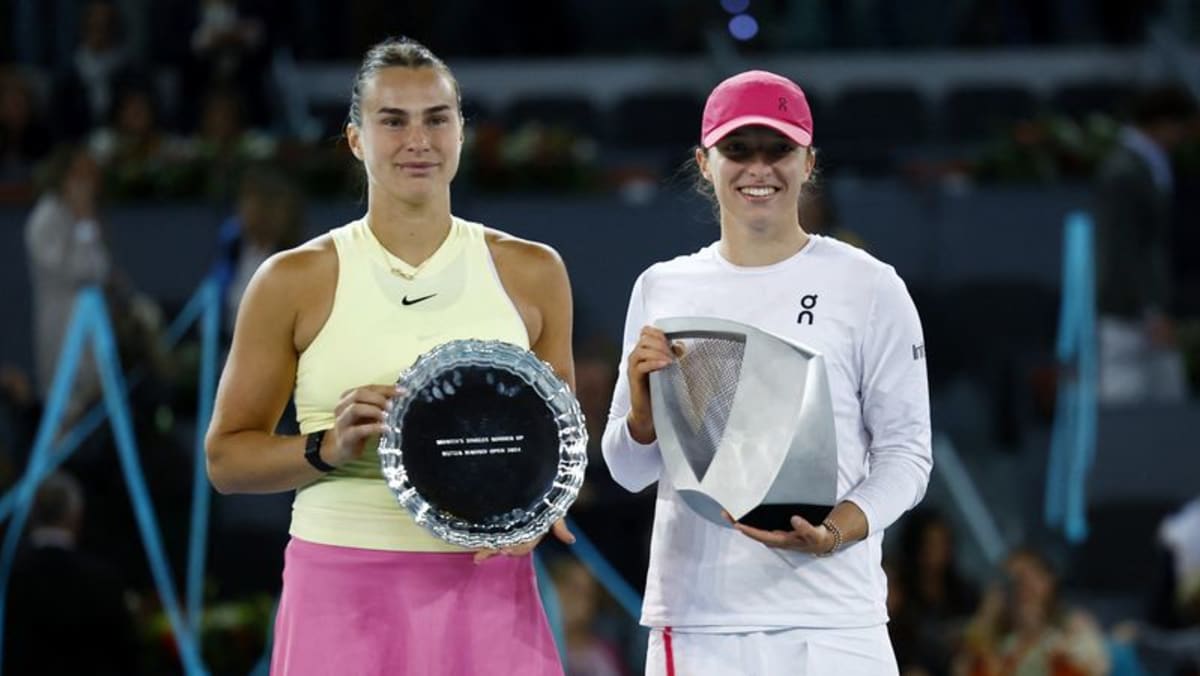WHAT WILL WE SEE IN PARIS?
There are a lot of odd new terms to learn if you have never watched a breaking contest, such as “turtle freeze”, “six-steps” and “coin drop”. However, the format of Olympic competition is very straightforward: 16 B-boys and 16 B-girls will battle it out head-to-head under the lights of the Place de la Concorde.
There is a three-part qualifier for the games, so no doubt each of those qualifying athletes will be in the history books. Already qualified through WDSF World and continental championships are some heavy favourites, such as B-boys Victor (US) and Danny Dan (France), and B-girls India (Netherlands) and Nicka (Lithuania).
The last 14 will be decided by the top-ranked 80 breakers at the dedicated Olympic qualifier series in Shanghai in May and Budapest in June. To make the competition diverse, the IOC has limited each country to a maximum of two B-boys and two B-girls, while introducing two universal places that provide opportunities to smaller and emerging nations.
As in any creative sport, there are inevitable questions about scoring in breaking. Indeed, there is always going to be a substantial degree of subjectivity, but not drastically more than in established Olympic sports like gymnastics, synchronised swimming or figure skating.
Traditionally, three or five judges have been used in major breaking contests. However, this number has increased to nine in the Olympic framework, presumably to minimise subjectivity and risk of errors.
The trivium judging system that will be used in Paris was developed by influential B-boy Storm and DJ Renegade for the 2018 Youth Olympics, and has been fine-tuned through the series of WDSF events since.
It is based on six criteria to decide the winner of each battle: Creativity, personality, technique, variety, performativity and musicality – this means connecting to a musical track that is not known in advance.
The breaking community has always been very close and informal, and some breakers and judges might find the new formalities of sporting frameworks unusual. However, there is still one unique feature that will hopefully survive the formalisation – it is the only sport where the judges have to perform for the athletes and spectators.
This usually happens before the competition starts and is called “the judges’ showcase”. University lecturer Rachael Gunn, aka B-girl Raygun, (who won the Oceania Breaking Championships and qualified for the Olympics) sees this unique practice as a symbolic gesture, a demonstration that underscores the unity and shared passion between contestants and those judging them.
So don’t forget to tune in early on Aug 9 and 10 to witness this special celebration before following this exciting contest when we will see the first-ever Olympic breaking champions crowned.
Mikhail Batuev is Lecturer in Sport Management, Department of Sport, Exercise and Rehabilitation, Northumbria University, Newcastle. This commentary first appeared in The Conversation.












